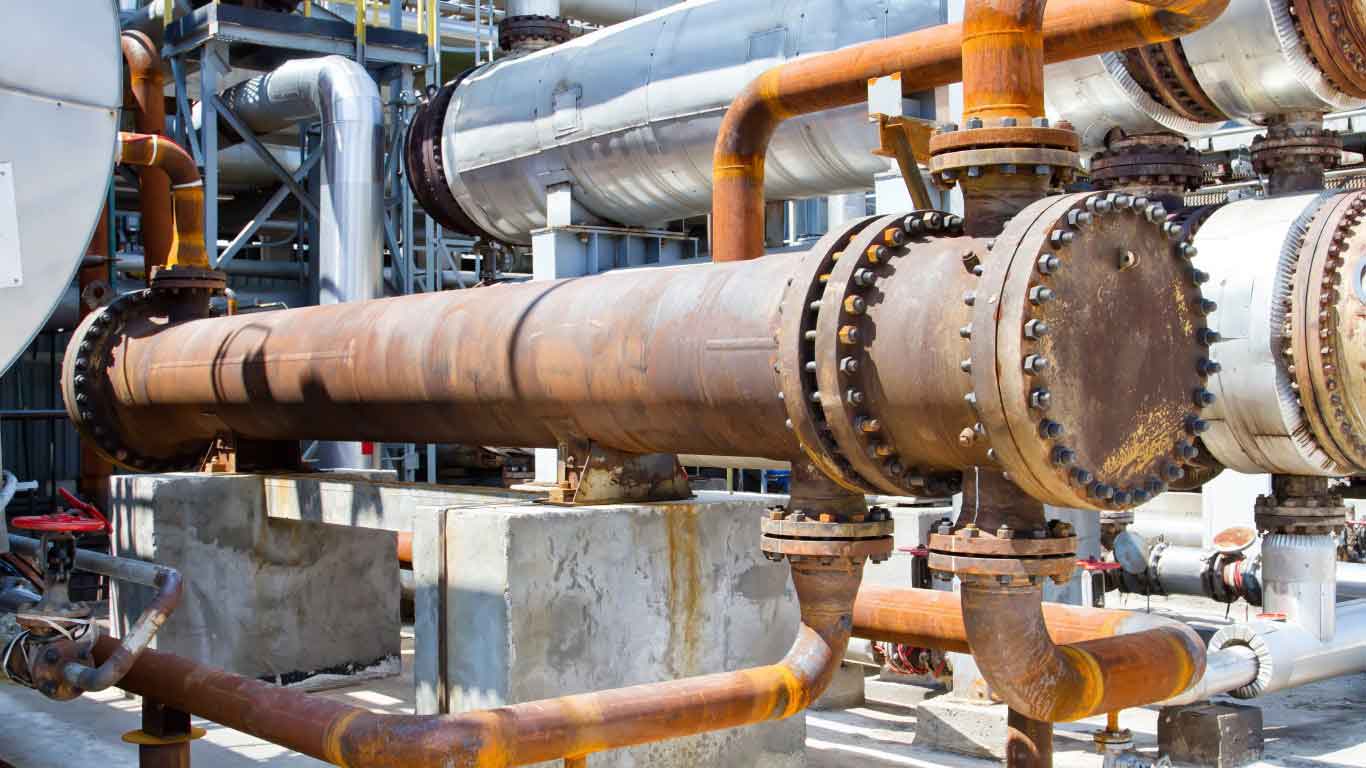Heat exchangers are used to transfer heat between two or more fluids to either heat or cool them. They are separated by a solid wall that prevents them from mixing or coming in contact. Heat exchangers are used in refrigerators, air conditioners, sewage treatment, chemical plants, natural-gas processing, and power stations. To get some quality heat exchangers, you can visit Alfa Heating which specializes in designing, manufacturing, and marketing heat exchangers and oil coolers.
What are Heat Exchangers used for?
Heat exchangers are industrial equipment that is designed to easily transfer or exchange heat from one medium to another. It is most commonly used for heating or cooling down elements. Mostly in the industrial sector, heat exchangers are used to keep cool in equipment and avoid the equipment overheating. There are many types of heat exchangers in the market, and it is used differently in every piece of equipment that you come across.
- Heat exchangers are used for a wide range of industrial applications.
- It is used to help great a certain degree of heat transferred from one medium to another.
- Industrial plants and factories use these to keep machinery, chemicals, water, and other substances at a safe operating temperature.
- It can also be used to exhaust or transfer steam that is a byproduct of a process or operation.
- It helps to increase efficiency and save money for several industries.
How do heat Exchangers work?
Heat exchangers work in a variety of ways, with a variety of flow arrangements, equipment, and design features. All exchangers have one thing in common: they all operate to expose a warmer medium to a colder media, therefore exchanging heat, whether directly or indirectly. A collection of tubes contained within some form of the casing is commonly employed to accomplish this. Other components and equipment, such as heat exchanger fans, condensers, belts, coolants, additional tubes and lines, and other components and equipment, all serve to improve heating and cooling efficiency or flow.
Why are heat exchangers important?
In industry, plate heat exchanger are commonly employed to cool and heat large-scale industrial processes . Depending on the type of fluid, its phase, temperature, density, viscosity, pressures, chemical composition, and other thermodynamic features, the type and size of the heat exchanger utilized can be adjusted to suit a process.
Heat exchangers can be used to recover waste energy or a heat stream that is being exhausted in various industrial processes. This heat can then be utilized to heat another stream in the process.
This method saves a lot of money in the industry because the heat delivered to other streams from the heat exchangers would otherwise have to come from a more expensive and environmentally hazardous external source.
What are the criteria to choose a heat exchanger?
The system designers (or equipment vendors) would first examine the design restrictions for each heat exchanger type when choosing a suitable heat exchanger. Though cost is frequently the essential criterion, there are a few others to consider:
- High/low-pressure limits
- Thermal performance
- Temperature ranges
- Product mix (liquid/liquid, particulates, or high-solids liquid)
- Fluid flow capacity
- Cleanability, maintenance, and repair
- Materials required for construction
- Ability and ease of future expansion
- Material selection, such as copper, aluminium, carbon steel, stainless steel, nickel alloys, ceramic, polymer, and titanium.
It is critical to remember to maintain and service heat exchangers. The type of heat exchangers in question such as plate and frame heat exchanger, as well as their design and construction, will determine how often they are maintained and serviced. It's vital to keep heat exchangers in good working order if you want them to perform at their best.

